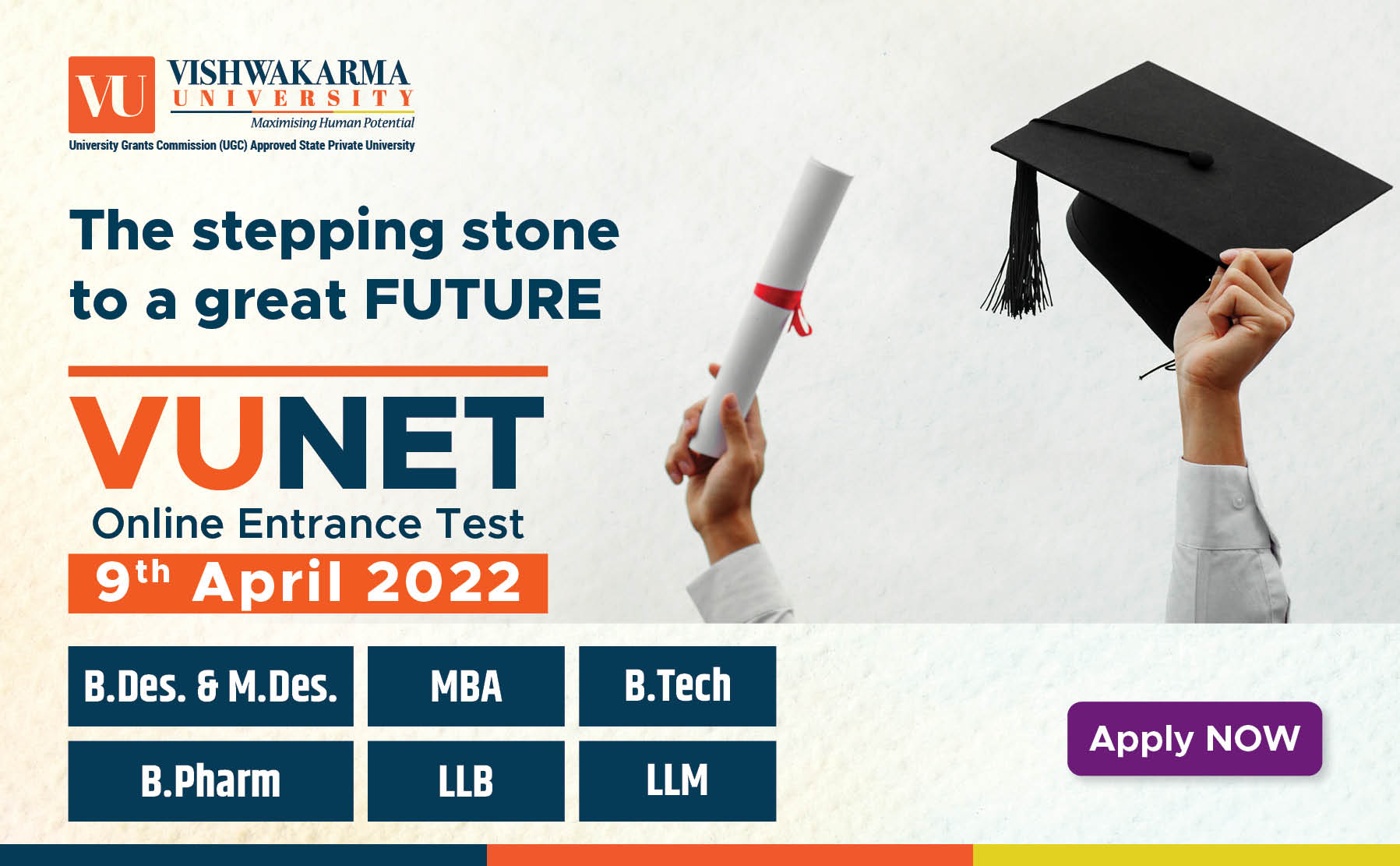Hello! My name is Alex. Welcome to the year 2030. I work as an expert in IoT at a Cybersecurity Centre. I am committed to the highest level of security in an increasingly digitised and connected world. I’m here to take you on a journey to your future.

The Internet of Things in Self Driving Cars
My self-driving electric car is here to take me home. I do not have to steer, brake or shift gears - the car takes me wherever I want to go - quickly, safely and without engaging.
Merely sitting in the car and having nothing to do is not something I appreciate. Sometimes I have a novel projected onto my retina and sometimes I dive into a virtual reality (VR) game.
Gaming consoles these days are the coolest gadgets. Players meet in the giant 3D world and experience big-time adventures with VR game sets.
There are hardly any accidents these days. Sensors all around the vehicle trace obstacles and respond automatically. If a car needs a tune-up, predictive maintenance detects it and services the vehicle instantaneously. Driving licenses have become obsolete. Our vehicles communicate with one another on the road. If there is traffic congesting on a particular road then the approaching vehicles simply take a different route – all without your typical GPS navigation devices.
The Internet of Things in Smart City
Everything has become much more efficient. Street lights with cameras and sensors analyse the location and the number of road users. Driving around the block to look for free parking? Passé! Your car will navigate you to the nearest available parking spot, as parking lots are also connected. Even in front of pedestrian crossings and schools, cars throttle their speed automatically.
The smart street lights have much more to offer: Once a person or a vehicle approaches, the smart LED street lamp lights up – and vice versa. This technology saves more than half of the power traditional light bulbs consume.
The Internet of Things in Health Care
I just got a notification about my mother. It says that she is doing well now. Her doctor just sent me the results of her medical tests.
My mother is over 80 and lives by herself. This morning, her emergency app alerted me that her health sensors had measured unusual results. I had ordered a flight taxi that took her to the doctor. He already knew as the app is linked with him too.
The health care field has made remarkable advancements. These days, the non-functional organs are replaced by artificial ones from 3D printers. Do you find this amazing? Back in the days, that is how prostheses were manufactured, while researchers worked on the development of artificial vessels. In animal experiments, scientists were even able to produce functional ovaries.
The Disappearance of Smartphones
The last smartphone generation, the ePhone 15, was built in 2028 but sold poorly. I remember how cumbersome it was to keep a device in my hand. Communicating, shopping, playing and gathering information via HoloLens glasses is much more intuitive. If I want to know whether or not I still have broccoli at home, I ask my HoloLens via voice control. I have the option to use it as glasses or as a smart contact lens. Either way, she tells me the result – and if I agree, the vegetables go right onto my virtual shopping list, which directly reports to the grocery store.
Shopping of the Future
Today, shopping is much easier and more seamless: Sensors, RFID technology, and NFC chips make it possible.
Wine and cheese: That is all I need today. You will see, even paying is easier. I just have to stop at the exit where the system scans the chips or RFID on the products automatically. Vendors no longer have to interact. I pay via NFC chip built into my bracelet. I simply hold it up against a terminal and confirm my purchase via personal code.
The Biggest IoT Risks in 2030
Sure, now everything works incredibly. There are no more devices that are not connected via Internet. This saves a lot of time because the information is automatically passed on from device to device. But, everything has its downside. And the world could have become safer if there were no attackers. Since everything is connected these days, we have become more vulnerable. Giant cybersecurity centres always try to be a step ahead of potential attackers. We are still working on chips with built-in security, encryption, and authentication technology that cannot be tricked by attackers. I hope we build solid security technologies that will protect us against major threats!
Ohh and we’ve reached home. On my way over, I alerted my smart home security system that I’ll be reaching soon. It has switched on the lights and adjusted the AC temperature for me. The coffee machine has brewed me a Cappuccino, just the way I like it! I hope you have loved this ride through the technologies of the future. It’s time to say goodbye.



